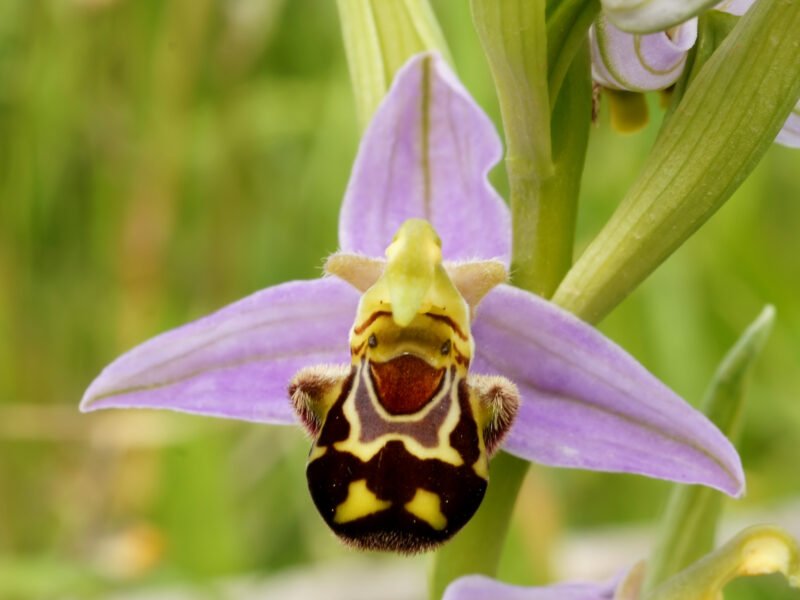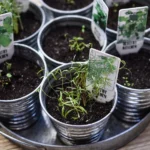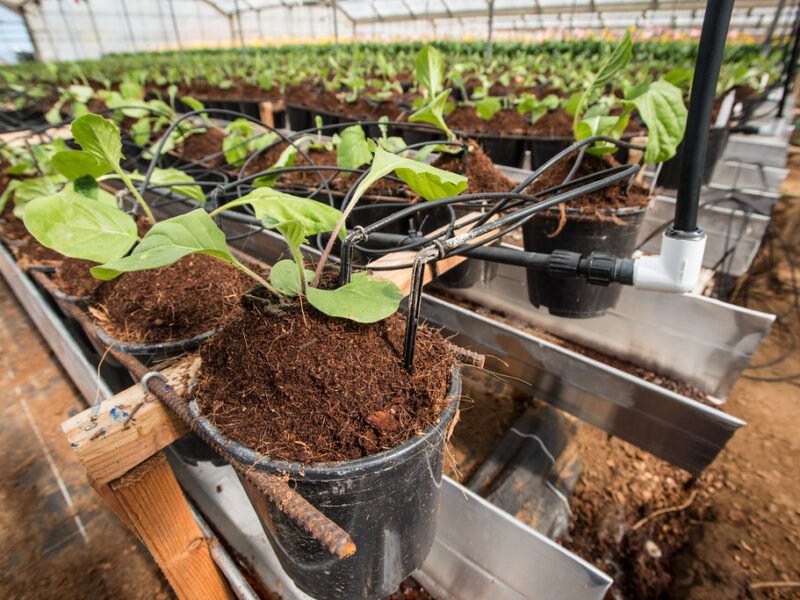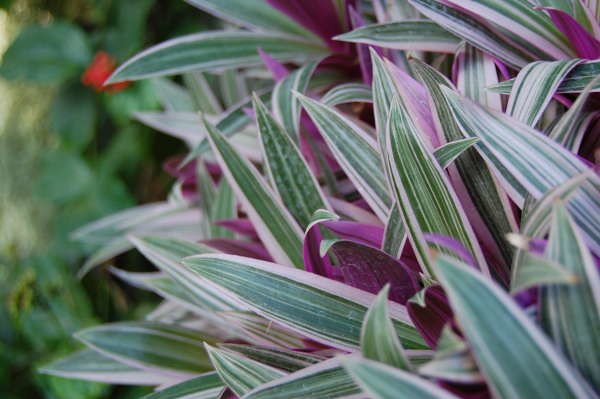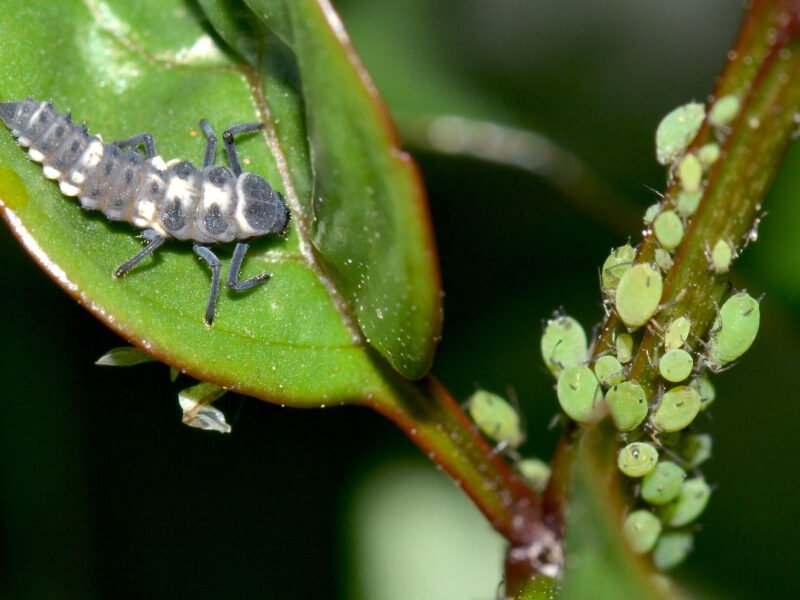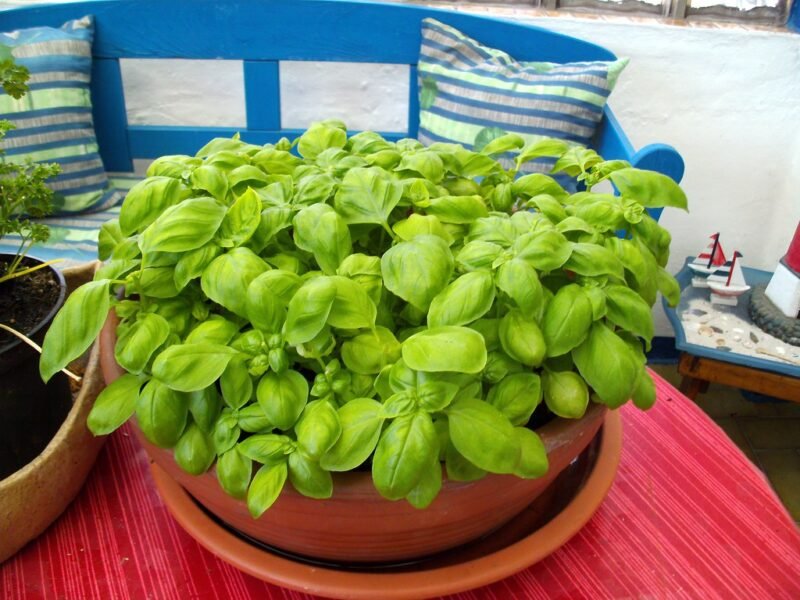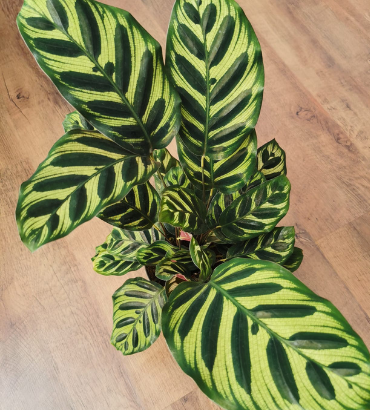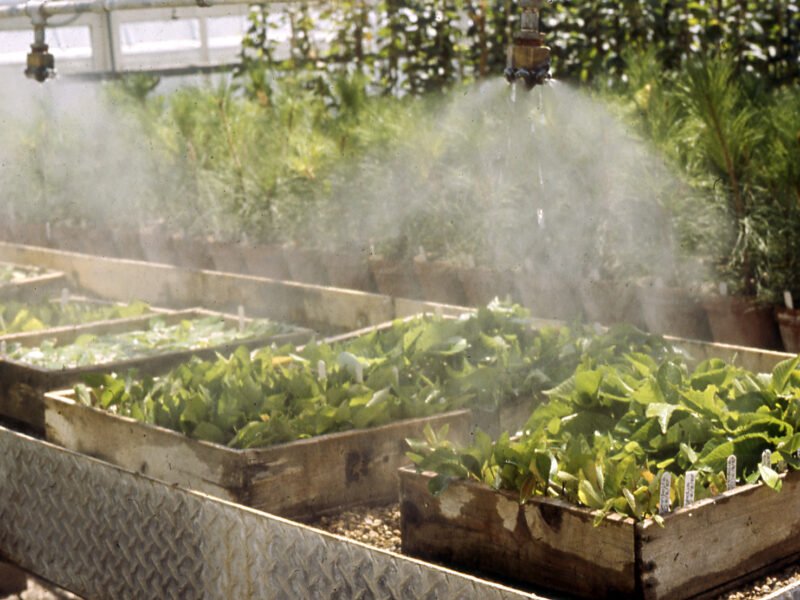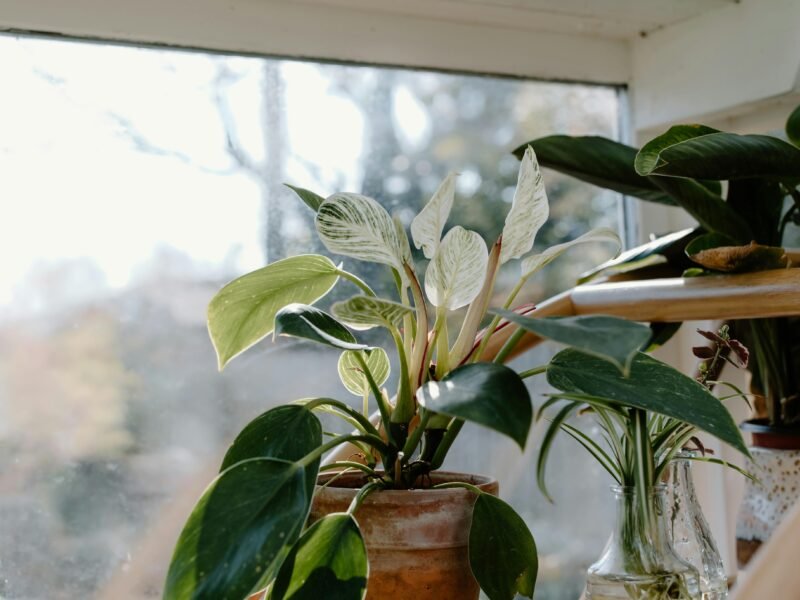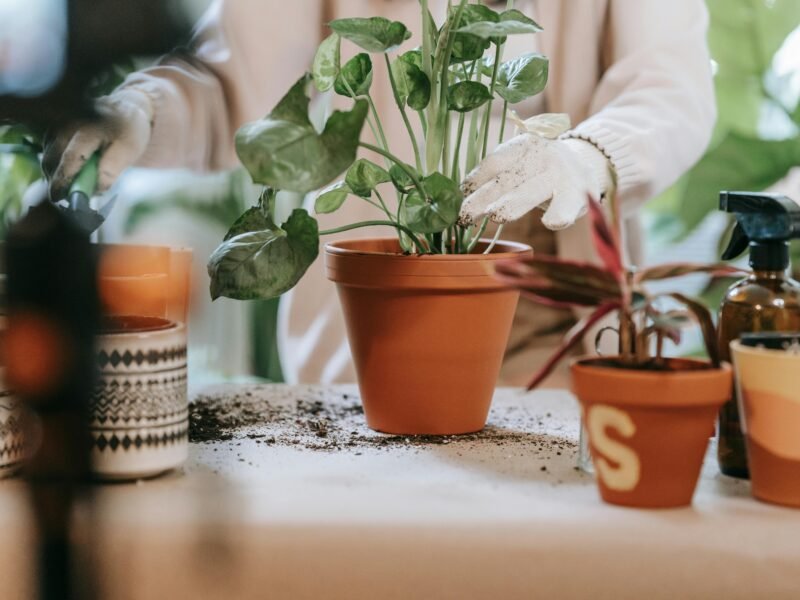Growing Ophrys orchids (bee orchids) can be a fascinating hobby for keen gardeners and orchid lovers. People generally appreciate these remarkable land orchids, known for their lovely (and profoundly transformed) flowers that mimic bug designs to attract men. Ophrys orchid Ophrys are originally from Europe, and in the Mediterranean, growing them can be difficult. Still, with careful attention to detail, there is no reason why you cannot grow them in your garden or greenhouse.
If you are wondering how to grow ophrys, the first step is to emulate their native environment. This entails preparing well-draining alkaline soil, the ideal lighting conditions, and their yearly growth behaviour. Most Ophrys species require a partnership with fungi, which can make it difficult for them to germinate from seed. That said, it will be a lot easier if you begin with tubers or mature plants.
In this article, you will find easy-to-follow instructions on how to grow Ophrys almost every step of the way, from the right species selection to annual care. Adhering to these instructions can assist you in growing this beautiful and mysterious orchid in your home.
Table of Contents
ToggleUnderstanding The Ophrys Orchid
But first, let’s discuss the natural habitat and other growth conditions for Ophrys. Orchid Ophrys Species Terrestrial orchids actually grow on the ground rather than attached to trees or rocks. They require soil and environmental conditions that match their native ones: fairly stable temperatures, moderate seasonal changes in moisture levels, and dry, well-drained soils.
Sheets explains that Ophrys orchids are also mycorrhizal, meaning they require specific fungi in the soil. These fungi help the orchid seeds germinate and supply nutrients for developing plants. Because of this special relationship, germination of Ophrys plants is difficult. Many home growers choose to start with actual plants or source Ophry tubers from reputable buyers.

Native Habitat
Ophrys orchids are native to Europe, the Mediterranean basin, and parts of Asia, where they occur in varied yet specific habitats. Terrestrial orchids flourish in humus-rich calcium soils, otherwise known as limestone soil, because of their high lime content. They prefer open grasslands, meadows, and scrublands, as well as lightly wooded areas that provide them with lots of sun but dappled shade that will protect the cacti from strong sunlight. They are native to areas with a Mediterranean climate, which means it has mild, wet winters and extremely hot, dry summers.
This seasonal variation is crucial for many Ophrys orchids, as their above-ground structures wither away in preparation for summer dormancy after the spring flowers have pollinated and set seed. Additionally, the Ophrys orchids adapt to form a mutualistic association with specific mycorrhizal fungi found in their native soils, which aid in nutrient uptake and seed germination. Knowledge of these conditions is fundamental if one wants to reproduce their surroundings and grow orchids efficiently in his garden or greenhouse.
How to Grow Ophrys- Step by Step
It may seem competitive now, given its specific environmental requirements for cultivation, but with proper care, you can still cultivate some fine examples in your garden or greenhouse. Fortunately, this article will provide you with a comprehensive, step-by-step guide that covers everything you need to know about growing Ophrys orchids, from identifying the best species for your plants to understanding their growth cycle. If you follow these detailed steps, then you can have beautiful and amazing plants in your home.
Picking The Right Ophrys Species
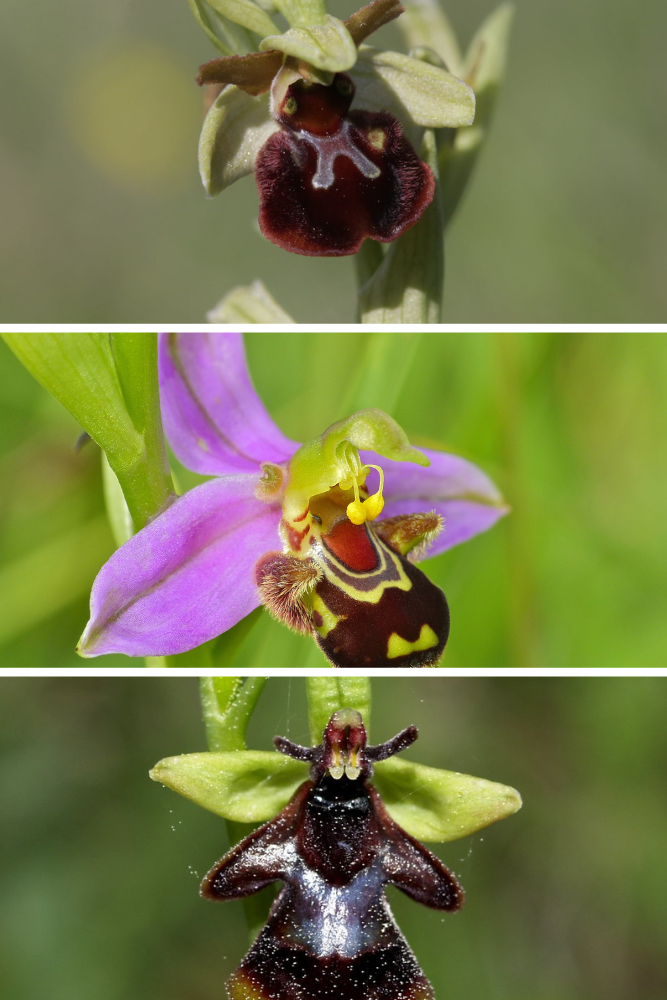
So, the first step in growing orchids is to select a species that will do well in your climate and conditions, as they can be very dependent on their natural habitat. There are over 200 species of Ophrys, some easy and some tricky.
- Ophrys apifera (Bee Orchid)
- Ophrys insectifera (Fly orchid)
- Ophrys sphegodes (Early Spider Orchid)
You can grow these species in various combinations due to their adaptability. On the other hand, as far as beginners are concerned, Ophrys apifera is usually a good starting point because it is very robust and easily accommodated.
Preparing the Soil
Step one is species selection, and step two is how to grow. Ophrys is soil preparation. ORCHIDS: Very dry during the winter dormant period. Water well in the growing season. Prefers alkaline soils with a pH of 7.0-8.0. How to do this: Mix and match some of these techniques.
- Loam or sandy soil
- Pulverized limestone or oyster shell chips
- To add organic matter, use leaf mold or compost.
Please be aware that you should not plant Ophrys orchids in a wet area because they cannot withstand such conditions. Good drainage is very important, as the root can rot otherwise. Plant them in pots, but make sure to add at least 30% grit and perlite to a base of loam to ensure good drainage.
Creating optimal growth conditions
Ophrys orchids require specific environmental conditions for successful cultivation. Here is what you need to know when learning how to grow orchids in your garden or inside your house:
- Light: Dappled sunlight; part shade. Avoid harsh sunlight, especially at midday, as this will burn their tender leaves and flowers.
- Temperature: Ophrys orchids require daylight and nighttime temperatures to trigger their development cycle. Temperatures ranging from 10°C (50°F) during winter to summer highs of about 25°C (77°F) are ideal for their growth. Creating such conditions indoors could require the use of a greenhouse or cold frame.
- Humidity: They do not need the high humidity that tropical orchids do, but many do appreciate moderate humidity levels during their growing period. Learn more about humidity here.
- Water: Knowing when and how to water your orchids is key to becoming better at growing orchids. While they are growing (spring to early summer), keep the soil moist but not wet. When dormant (late summer to winter), cut down on watering drastically.
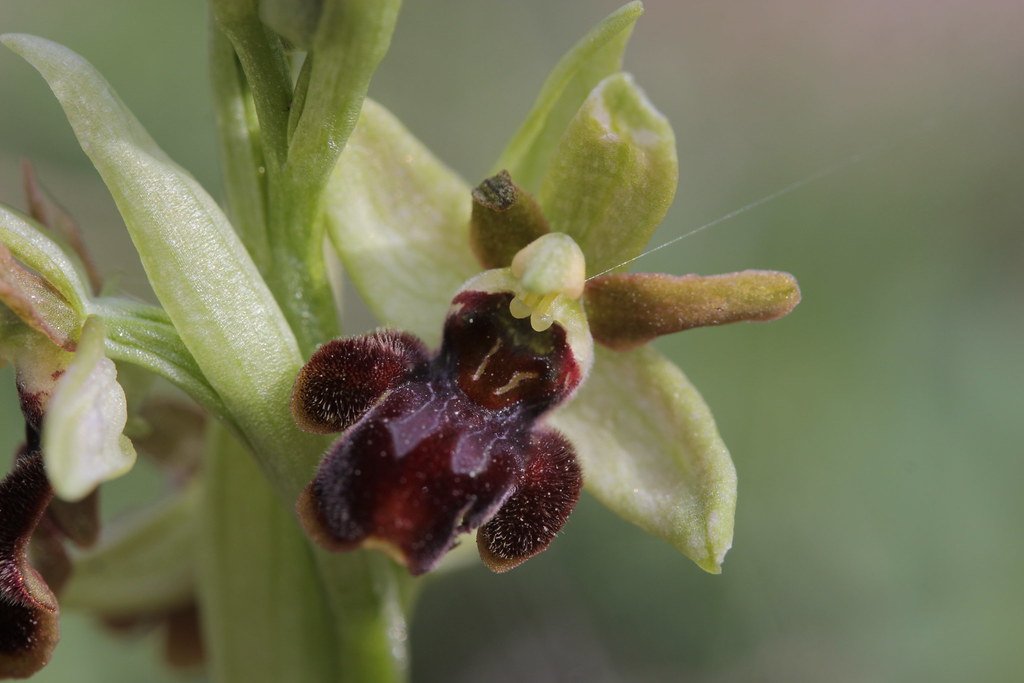
Planting Ophrys Tubers
Planting Begin by planting tubers in late summer or early autumn. How is Ophrys growth from tubers accomplished?
- Soil Type: As mentioned above, make sure your planting area is well-drained.
- Growing Tip: Dig a 2-3 inch deep hole and set the tuber in, laying it flat with the growing tip only slightly facing up.
- Cover & Water: Cover the soil and water lightly. ReadAsStringAsyncDig a gentle plant_playerloading. Don’t water the plant from fall to winter, as overwatering during this time will cause the tuber to rot.
Care Required for Ophrys Orchid
There is nothing significant to add; the Ophrys grow in accordance with their annual cycle. When to grow Ophrys, A year in the life.
- Spring (Time of Active Growth): This is the most important time to water and feed your potted orchids. In spring, the orchids will grow leaves and produce flower spikes. Keep the soil moist, and apply a balanced, diluted orchid fertilizer every 2-3 weeks.
- Summer (Flower and Early Dormancy): Ophrys orchids will bloom in late spring or early summer. Reduce watering as it gradually decreases after blooming. Allow the plants to die back naturally.
- Autumn (Dormant): During this period, the plants will be dormant as bulbs underground. Water sparingly and allow the soil to dry completely between watering sessions.
- Winter (Dormant Period): Dry and Cool Winter is the dormant period; continue to store tubers in a dry, cool place. The orchid is at rest, so there is nothing much to do.
Managing Pests and Diseases
Although Ophrys orchids are resilient and rarely suffer from pests and diseases, they can occasionally fall prey to slugs or snails, as well as fungal infections. To protect your plants:
- Organic Slug and Snail Deterrent
- Keep the air circulating your plants to reduce the risk of developing fungal diseases.
- The most common casualty of overwatering is root rot.
Remove any signs of disease as soon as possible and apply a suitable fungicide. Knowing how to grow Ophrys also means watching for these problems and dealing with them quickly.
Propagation of Ophrys Orchid

The unique interaction between mycorrhizal fungi and seed germination makes propagating Ophrys orchids a difficult but rewarding process. Most growers propagate the plant easily by dividing the mother tubers after they go dormant. Dividing the tubers, gently splitting them at natural breakpoints, and planting them in ideal conditions will eventually grow new plants.
Another method involves obtaining seeds, which can be more challenging because it often requires laboratory conditions to replicate the typical soil-fungus interaction necessary for germination. However, for home growers who wish to expand their Ophrys collection or are still in the process of mastering Ophrys cultivation, starting with tuber division is generally more accessible. Growing orchids from seed is an advanced procedure that requires time and a lot of experience with the plant’s growing conditions. Learn more about Ophrys arachnitiformis here.
Summing up, Ophrys orchids, with their numerous species from all over the world, are easy-to-grow orchids that can be addictive for any gardener or enthusiast. These orchids require special conditions, such as well-drained limestone-based soils, seasonal temperature changes, and a fungi relationship to grow. Still, considering their stunning beauty and unusual pollinating methods, they are totally worth the effort. With the right environment and taking care of your plants, you will grow these wonderful plants at home or in a greenhouse.
Knowing how to grow Ophrys, whether you are starting with tubers or becoming more adventurous with seed propagation, is essential for growing these plants successfully. Seasonal growth: Pay attention to the changing seasons and adjust your watering and feeding schedule accordingly. If you are a newcomer to growing these orchids, choosing a hardy species such as Ophrys apifera will help enhance the process. Although it makes them sound as if they might be temperamental and picky plants, these are relatively easy once you understand their requirements; often, the trick is to have patience and pay attention, ideally every day, to what each one needs in terms of water, weather protection, or tending.
To grow orchids, follow the steps in the above guide. This will not only teach you more about these special orchids but also equip you with the gardening skills to maintain them year after year.
Tabon
Most Viewed
Latest Articles


